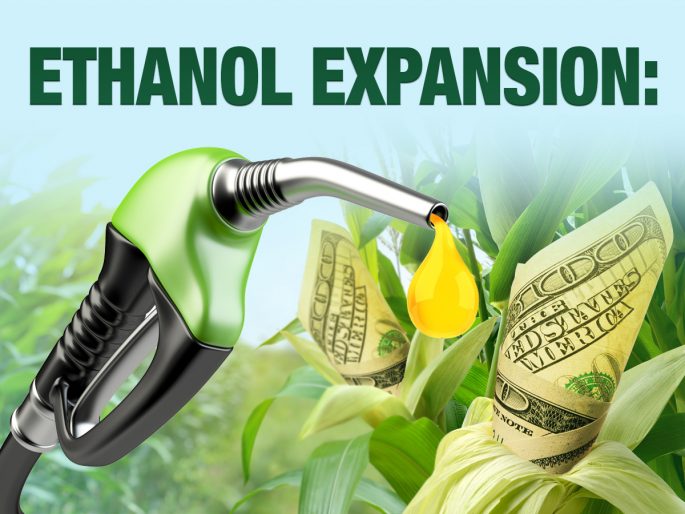Support for ethanol is building, and 2023 could be a pivotal year for the fuel. Consider this:
August 2020: The USDA’s Higher Blends Infrastructure Incentive Program (HBIIP) is launched. Since then, it has invested more than $77.8 million in projects and is projected to increase biofuels sales by $1.2 billion gallons annually.
August 2022: The Inflation Reduction Act (IRA) becomes law. It appropriates $500 million to support the development of biofuel infrastructure.
December 2022: The Consumer and Fuel Retailer Choice Act is introduced. If passed, the bill will enable the year-round, nationwide sale of ethanol blends higher than 10%. It is endorsed by the American Petroleum Institute, NACS, NATSO, SIGMA and several agriculture associations.
Despite widespread support for the expansion of ethanol, two groups are voicing unease with current aspects of the HBIIP and IRA.
The Energy Marketers of America sent a letter to Congressional leadership citing the importance of providing funding for UST system compatibility upgrades for small business marketers, recommending that the cost-share change from 50-50 to 80-20.
Additionally, the Renewable Fuels Association has called for a lengthier application window for HBIIP funds in the future. It also recommended higher funding limits per entity, so larger chains can better take advantage of the program.
According to a 2022 CSP survey, fuel retailers are considering adding E15 and E85 to their product mix. That notwithstanding, marketers also indicated they are considering adding ethanol-free fuel, a “recreational fuel” also known as E0, E-zero and E-free. It is typically more expensive than E10 and it falls outside some regulatory boundaries. As such, the path for ethanol is not a given and may not be easy.
You can learn more about what’s on tap for ethanol at the National Ethanol Conference Feb. 28 to March 2, 2023, in Orlando, FL.




